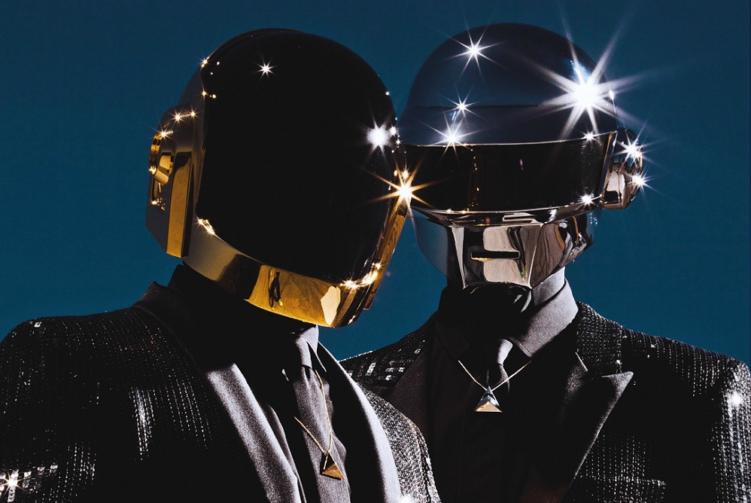In memoriam: Daft Punk. Photo from riverbeats.life.
Legendary French electronic music group Daft Punk has broken up after 28 years, leaving behind a legacy of iconic and influential dance music.
After years of silence, Daft Punk announced their breakup on Feb. 22 via an eight-minute video titled “Epilogue.” The video, a scene taken from their 2006 film “Electroma,” showed one robot exploding the other before walking away. The reason for the breakup is still unknown.
Daft Punk, which featured members Thomas Bangalter and Guy-Manuel de Homem-Christo, formed in 1993. Previously, both members were in a three-piece alt-rock group with Laurent Brancowitz, who later became the lead guitarist for the famed indie-rock band Phoenix. The name Daft Punk came from an early negative review of the group’s music, which was labeled as “daft punky thrash.”
The group became early innovators in the French house movement, a music genre defined by heavy use of filter and phaser effects, drum machines and samples of classic funk and disco songs.
They released their debut album, “Homework,” in 1997. The album was a phenomenon on the electronic music scene upon its release, featuring classic singles like “Around The World,” “Da Funk” and “Revolution 909.”
Four years later, their sophomore album “Discovery” propelled the duo to international superstardom. While the hypnotic acid house sounds on their previous album captivated audiences, their embrace of playful dance-pop and synth-funk sounds on “Discovery” helped them achieve crossover success. Songs like “One More Time,” “Digital Love,” “Harder, Better, Faster, Stronger” and “Face to Face” continue to be among the most celebrated electronic music songs ever.
The release of “Discovery” also marked key aesthetic changes within the group. By then, the group had begun wearing their trademark robot helmets, adding to the group’s growing legend.
In 2005, Daft Punk released their third studio album “Human After All” to far less critical acclaim. Fans and critics alike did not connect with the album’s sudden detour into mechanical rock-heavy instrumentation. While polarizing, classic singles like “Robot Rock” and “Technologic” are highlights in the duo’s discography.
The duo found additional success in the 2000s with the live album “Alive 2007” and the film score for Disney’s “Tron: Legacy” film. They won their first two Grammy awards in 2009 for “Alive 2007” and the live version of “Harder, Better, Faster, Stronger.”
Daft Punk’s second wind came in 2013 following the release of “Get Lucky,” which became the group’s highest-charting single. This song was the lead single to their final album, “Random Access Memories,” which was released later that year.
“Random Access Memories” received universal acclaim from critics and audiences for its shift away from the group’s house roots, embracing more elements of traditional funk and disco music. Songs like “Instant Crush” and “Lose Yourself to Dance” continue to gain cult popularity years after their initial release. “Random Access Memories” won the Grammy Award for Best Album in 2014.
Following the success of their last album, the duo collaborated with Kanye West on the album “Yeezus” and with The Weeknd on the album “Starboy.” The latter album’s title track earned the group their first and only #1 song on the United States charts.
The legacy Daft Punk leaves behind as electronic music trailblazers remains unparalleled. Their music continues to inspire musicians and artists around the world, and their influence can be seen across all musical genres, including through samples by artists such as West, Janet Jackson, Busta Rhymes and Jazmine Sullivan.

